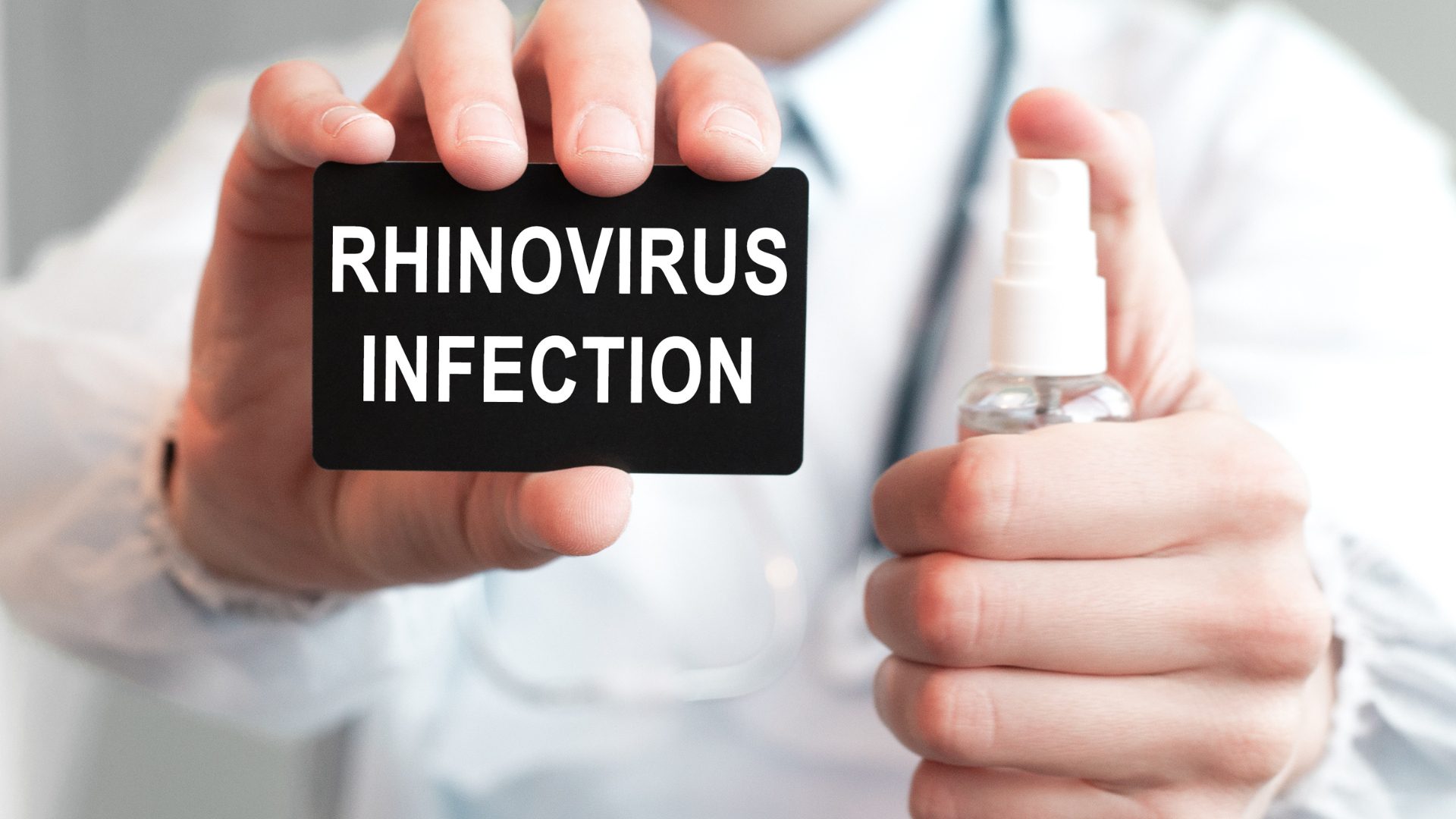
The common cold, caused primarily by the rhinovirus, is one of the most widespread viral infections affecting humans. Although it’s usually mild, it can disrupt daily life with symptoms like a runny nose, sore throat, and sneezing. Understanding its causes, symptoms, prevention, and treatment can help you recover faster and avoid spreading it to others.
Table of Contents
What is the Common Cold?
The common cold is a viral infection of the upper respiratory tract, mainly affecting the nose and throat. It’s most commonly caused by rhinoviruses, though other viruses such as coronaviruses, parainfluenza viruses, and adenoviruses can also be responsible.
The infection spreads easily through airborne droplets, direct contact, or contaminated surfaces.
Causes of the Common Cold
The main culprit behind the common cold is the rhinovirus, which thrives in cooler temperatures — typically inside the nasal passages. You can catch a cold through:
-
Airborne transmission: When an infected person coughs or sneezes.
-
Touching contaminated objects: Door handles, phones, or shared surfaces.
-
Close contact: Shaking hands or being near someone who’s infected.
Risk factors include:
-
Weakened immune system
-
Seasonal changes (especially winter)
-
Poor hand hygiene
-
Crowded environments like schools or offices
Symptoms of the Common Cold
Cold symptoms usually appear 1–3 days after exposure to the virus. Common signs include:
-
Runny or stuffy nose
-
Sneezing
-
Sore throat
-
Cough
-
Mild headache
-
Fatigue
-
Slight body aches
-
Low-grade fever (sometimes in children)
These symptoms generally last 7–10 days, though coughs may persist a little longer.
Difference Between Cold and Flu
Although both are viral respiratory infections, the flu (influenza) tends to cause more severe symptoms.
| Feature | Common Cold | Flu |
|---|---|---|
| Onset | Gradual | Sudden |
| Fever | Rare or mild | High fever common |
| Body Ache | Mild | Severe |
| Fatigue | Mild | Extreme |
| Cough | Mild to moderate | Severe |
| Duration | 7–10 days | 1–2 weeks |
Treatment for the Common Cold
There is no cure for the common cold, but symptoms can be managed effectively with home remedies and over-the-counter medicines.
1. Medications
-
Pain relievers: Paracetamol or ibuprofen to reduce fever and aches.
-
Decongestants: To relieve nasal congestion.
-
Cough syrups: For dry or productive coughs.
(Always consult a doctor before giving medication to children.)
2. Home Remedies
-
Stay hydrated: Drink plenty of warm fluids like water, soups, or herbal tea.
-
Rest: Give your body time to recover.
-
Steam inhalation: Helps clear nasal passages.
-
Saltwater gargle: Soothes sore throat.
-
Vitamin C and Zinc: May help reduce the duration of symptoms.
Prevention Tips
Preventing a cold is mostly about maintaining hygiene and boosting immunity.
-
Wash hands regularly with soap.
-
Avoid touching your face frequently.
-
Disinfect commonly used objects.
-
Maintain distance from people who are sick.
-
Eat a balanced diet rich in fruits and vegetables.
-
Get enough sleep and manage stress.
When to See a Doctor
Consult a healthcare provider if:
-
Symptoms last longer than 10 days.
-
Fever above 102°F persists.
-
You have shortness of breath, chest pain, or wheezing.
-
There’s a history of asthma or chronic respiratory illness.
These could indicate a more serious infection such as sinusitis, bronchitis, or pneumonia.
Natural Ways to Boost Immunity
-
Consume turmeric, honey, and ginger for their antiviral and anti-inflammatory properties.
-
Include probiotic foods like yogurt and kefir.
-
Stay active with moderate exercise.
-
Stay hydrated and avoid excessive caffeine or alcohol.
The common cold (rhinovirus) is a minor yet highly contagious infection that affects millions every year. While it can’t be completely avoided, good hygiene, strong immunity, and healthy habits can minimize your risk.
If symptoms worsen or persist, always seek medical advice.


